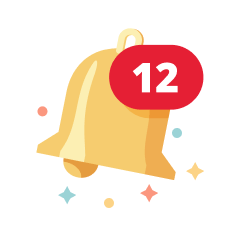
Default Store Checkers Mall Of The North
3 Ways to Find Out What Kind of Soil is in Your Garden
Test 1: Let’s Get Messy
Roll some damp soil from your garden between your fingers then open your hand.
If it makes a solid shape, you have clay soil (this type of soil is difficult to dig through).
If it falls apart when you open your hand, you have sandy soil (which isn’t great for growing your Little Garden seedlings).
If it stays together and only falls apart when you poke it, you have loam, which is good soil for growing.
Tip: You can fix the soil in your garden with organic matter like compost, green manure and decomposed leaves.
Test 2: It’s Science Time
Use a jar, fill it halfway with soil, add some water to it, put the lid on and shake it for a few minutes.
Leave the jar for a few hours so that the soil can create layers.
The bottom layer is sand, the middle layer is silt and the top layer is clay. You want good soil which has 40% sand, 40% silt and 20% clay.
Tip: To make your heavy clay soil better, you can add some gypsum which is a mineral that could help with your soil. Compost and topsoil from a gardening shop might help too.
Test 3: Learn More About pH Levels
Find out if your soil is acidic or alkaline by using 2 jars and putting a handful of soil in each.
Add ¼ a cup of vinegar to one jar. If the mixture bubbles, your soil is alkaline.
Add ½ a cup of baking soda and ½ a cup of water to the other jar. If the mixture bubbles, your soil is acidic.
If neither jar bubbles, your soil has a neutral pH of about 7, and this is good for most plants.
Tip: Use calcitic limestone, which is a common material used for “liming” soil that has an acid level that is too high. It contains calcium carbonate.























